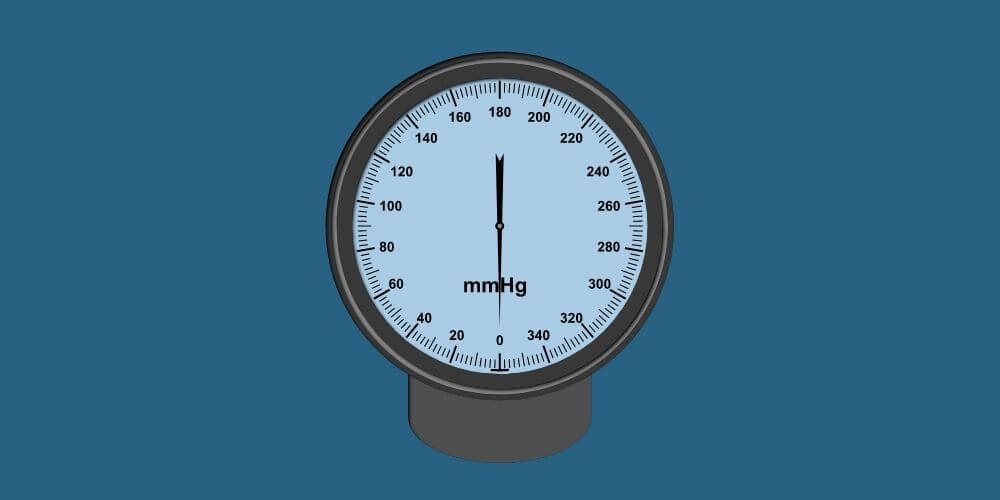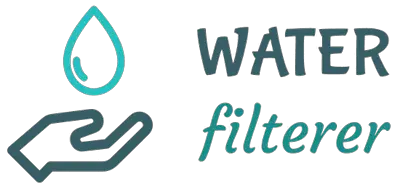When you turn on the shower, you expect a strong stream of water to come pouring out. So if your water pressure is low, it can be frustrating.

If you’ve ever taken a shower and found the water pressure to be disappointingly weak, you’re not alone. A recent study by the National Association of Home Builders found that nearly two-thirds of homeowners have experienced low water pressure in their showers at some point.
While there are many possible causes for this issue, fortunately, there are also many ways to address it. In this post, we’ll explore some of the most common reasons for low water pressure in showers, as well as some solutions that might work for you.
We’ll also discuss what to do if you suspect your home’s plumbing is at fault.
So whether your shower has been giving you a run for your money lately or you’re just curious about what could be causing the problem, you’ve come to the right place.
Let’s get started!
Why is my shower water pressure low?
It could be that your shower head is clogged with debris, preventing enough water from coming out for it to reach a high level of pressure.
To test this theory, you’ll want to remove your shower head and clean out any build-up inside it. To do this, you can either remove the shower head and soak it in vinegar to dissolve the buildup or spray a mixture of white vinegar and baking soda through it to clear away any mineral deposits.
If you notice improved water pressure after doing this, then clogging was at least partly to blame for your low pressure.
If it’s not clogging causing your shower head to deliver low water pressure, then it may be that you’re just using too much water in the shower.
Water savings devices like aerators can help reduce how much water is streaming out of the faucet while still delivering an adequate amount to properly shower with. You can also try using a shut-off valve or turn down the temperature on your hot water heater to save money and energy.
If neither of those solutions has improved pressures in your home, then it could be that there is something preventing enough water from coming into the pipes leading to the shower
Plumbing supply lines are usually made of PVC (polyvinyl chloride) or copper. The first thing you need to know is that not all plumbing supply lines are created equal and some may be more likely to experience low water pressure than others.
PVC, for example, has a fairly high risk of clogging or corrosion since it’s less resistant to mineral deposits and rust than other materials.
If the issue is only occurring in your shower but not anywhere else in your home, then there is a chance you have an old style rubber washer at the end of the pipe that could be causing reduced flow.
If this turns out to be true, simply remove the rubber washer from the connection between the showerhead and pipe leading into your wall and replace it with a new one designed for this purpose. You can usually find them at a local hardware store.
If you have access to the shower head through an escutcheon, this is an ideal time to install a new shower head that offers improved water pressure, such as a rain showerhead or one that uses multiple nozzles to deliver water.
These heads are designed with larger openings and more flow-restricting nozzles than traditional models, making them suitable for low water pressure situations
If none of these solutions improves your shower experience, then it’s possible the problem originates elsewhere in your home’s plumbing system. In this case, it’s probably best to consult a plumber who can investigate further and provide you with some solutions.
Can water pressure suddenly drop?
While there are many possible causes for a sudden drop in water pressure without any warning, the most common one is a leaky pipe.
If you’re experiencing low water pressure, it’s important to diagnose and fix the issue as soon as possible to avoid any further damage.
To check for the reason for your sudden drop in water pressure, follow these steps:
1) Is the Pressure Relief Valve leaking?
If you have a pressure relief valve installed on your system, it’s possible for this valve to leak and cause a sudden drop in water pressure
The pressure relief valve is designed to open up when the pressure gets too high inside the system. This helps prevent any damage from occurring as a result of excess pressure
A leaking or faulty pressure relief valve could allow this excess pressure into the building’s plumbing, which would then cause your water pressure to drastically decrease.
To check for a leaky pressure relief valve:
- check if you have a red button on top of your main water shutoff switch.
- if you do see a red button, push down on it and let go.
- if it pops back up after 10 seconds, try again.
If after 5 tries the button doesn’t stay depressed, you probably have a faulty or leaky pressure relief valve. You should contact a professional plumbing service as soon as possible to get it fixed, and avoid further damage to your water system.
If you don’t notice a red button on top of your main shutoff switch, follow this procedure:
- look for any signs of leakage around the pressure relief valve
- if there is no visible sign of leakage and all connections are secure, continue with the next step
2) Is the water meter leaking?
A back-siphonage can occur if there is a crack in your water pipe that allows air into the line
This air then forms an air bubble inside the line and forces water backward through the lowest point in the line, which is usually where the water meter is installed
This can siphon water right out of your plumbing system through your water meter and cause a drop in pressure at other fixtures, without any visible sign of leakage.
If you suspect this problem might be affecting you, try to follow these steps:
- turn off all faucets inside and outside the house until there’s no more flow coming from them
- if there’s an area near your main shutoff valve where the pressure seems especially low, check for air bubbles within that section of pipe (this would need to be accessed by opening up one or several access panels)
- if there are air bubbles present in this area of pipe, call a professional plumber immediately
- If you have a pressure reducing valve on the system, also known as a pressure regulator, this can drastically lower your water pressure without any warning
Final Thoughts
The most common reason for a sudden drop in water pressure is a leaky pipe.
If you’re experiencing a low water pressure, it’s important to diagnose and fix the issue as soon as possible to avoid any further damage.
In most cases, this means checking for a leak from the pressure relief valve or from the water meter.
In some rare circumstances where there might be air bubbles present inside your plumbing system, you would need to contact a professional plumber immediately.
It’s also important to remember that fixing this issue with your plumbing can be very costly – so avoiding further damage by investigating sooner rather than later is always advisable.

